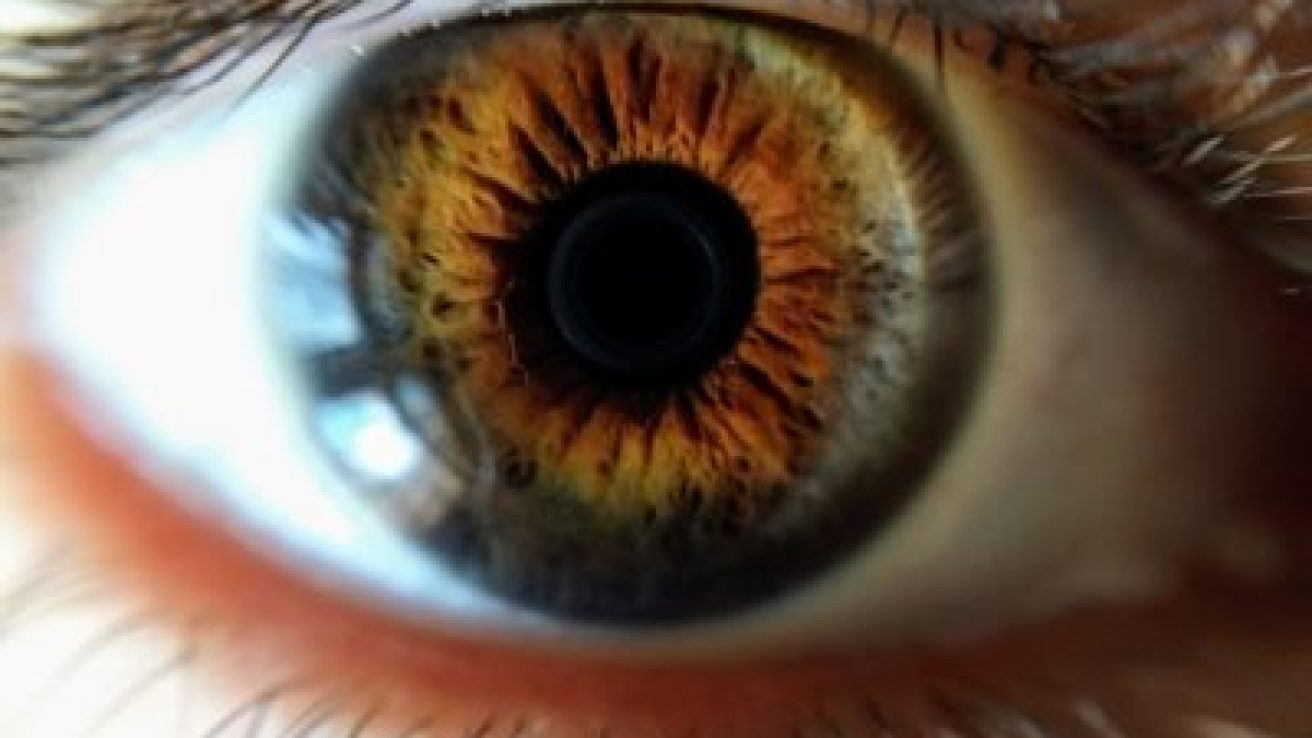Diabetic retinopathy is a major cause of blindness in the United States. Diabetic macular edema is the primary cause of vision loss associated with diabetic retinopathy.
Studies show that patients of color have a higher risk of diabetic macular edema associated with diabetes, obesity, and hypertension being comorbidities. The Los Angeles Latino Eye Study included more than 6000 Latinx patients that underwent a thorough medical interview and physical examination. The study found that over a four-year period Latinx patients developed visual impairment and blindness at the highest rate of any ethnic group when compared to other U.S. population-based studies. Furthermore, Latinx patients with a longer duration of diabetes were more likely to develop diabetic retinopathy. It is essential for ophthalmologists and other healthcare providers to understand potential factors leading to the increased risk of diabetic macular edema in the Latino population.
Access to Care
The increased prevalence of diabetic macular edema may be associated with a delay in diagnosis, possibly due to a lack of access to adequate healthcare. In 2015, the poverty rate for Hispanics was found to be 21.4%. In the LALES study, one in 5 patients with diabetes were newly diagnosed during an initial physical, and 25% of these patients showed signs of retinopathy at their first visit.3 If patients are unable to have access to routine healthcare providers’ visits, then screening for diabetic retinopathy will not be executed.
Diabetes Management
The Proyecto Vision, Evaluation, and Research (VER) study found a prevalence of diabetes Mellitus in Hispanics to be 22%.2 If access to care is limited, a diabetes diagnosis can be delayed and those diagnosed poorly managed.
Education
Latinx patients need to be educated about their increased risks of diabetes and the increased prevalence of diabetic retinopathy. This education is often provided at healthcare provider visits. Access to care barriers may also impede educating this population on potential health dangers.
Initiatives
Various initiatives such as the Affordable Care Act, Ventanillas de Salud (VDS) and Juntos por la Salud (JPLS) have helped overcome the barriers of access to care. While these and other initiatives are available, there are not always well known to all. Knowledge of this and other initiatives is useful for healthcare providers so that they can provide relevant resources to patients when they cannot be of assistance.
References
- Barsegian A, Kotlyar B, Lee J, Salifu MO, McFarlane SI. Diabetic Retinopathy: Focus on Minority Populations. Int J Clin Endocrinol Metab. 2017;3(1):034-45. doi:10.17352/ijcem.000027
- Mora N, Kempen JH, Sobrin L. Diabetic Retinopathy in Hispanics: A Perspective on Disease Burden. American Journal of Ophthalmology. 2018;196:xviii-xxiv. doi:10.1016/j.ajo.2018.08.021
- Gómez MGR, Jaramillo AML, Svarch A, et al. Together for Health: An Initiative to Access Health Services for the Hispanic/Mexican Population Living in the United States. Frontiers in Public Health. 2019;7. doi:10.3389/fpubh.2019.00273










